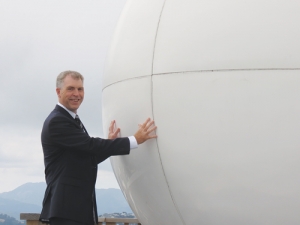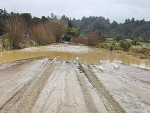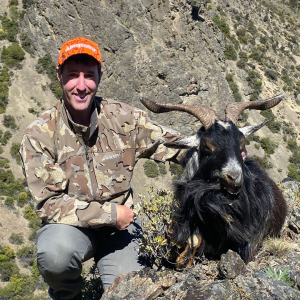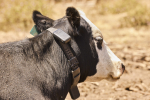Weather is a huge influence on New Zealand farms’ profitability. Knowing exactly what the weather might do, and when, will determine farmers’ and contractors’ work.
It has arguably the best view in Wellington in the leafy suburb of Kelburn overlooking the harbour and beyond to the Tararua Ranges and the farming areas north of the capital. Nearby stands the Carter Observatory, another landmark. Both look down on the botanical gardens, another beauty spot.
The multi-story MetService building could be mistaken for the GCSB, its roof crammed with satellite dishes and other antennae which each day help download vast amounts of weather data from all around the world. This data, processed and reprocessed, with data gathered in New Zealand, helps to produce the daily and long range forecasts on which farmers and others rely.
MetService’s chief executive is Peter Lennox, a biochemist who originally hails from Belfast and who before joining the service was the biotechnology director for NZ Trade and Enterprise.
MetService for many years had its 12.30pm long range forecast – compulsory listening – on Radio NZ National before the rural news. Today the 12.30pm tune-in remains an option, but other receiving technology options are growing by the day.
Lennox points to the growing expectations of farmers and others that they will get better weather information faster: see what mobile phones can do now versus what they did just three years ago.
Lennox says while speed is important, accuracy and quality of the information is far more important.
“It’s very, very important that we don’t just get caught up in the race to get information out, because it’s the quality of the information we supply that makes us stand out from our competitors,” he tells Rural News.
“We receive information from many hundreds of different sources. We embellish it with our own observations and then add a layer of expertise that is second to none in the world through our trained and experienced meteorologists. So it’s a case of working with farmers in a much more localised way than we have in the past – providing intelligence that can help improve their bottom line.”
Lennox says NZ is a notoriously difficult country in which to predict weather and that is a challenge. But the challenge works in MetService’s favour by attracting some of the best and brightest meteorologists from around the world who are keen to experience the country’s unique conditions.
“We train our own people who go out to other meteorology organisations throughout the world as their careers develop. At the same time, we’re able to attract the cream of the crop to NZ as well as our own meteorologists so it’s a nice blend. The World Meteorology Organization rates us as one of the best met services in the world. That’s because we adhere to their standards and do a lot of training here, but also the exposure to different weather patterns and the experience our meteorologists build up is second to none.”
As a member of the World Meteorology Organization in Geneva, under the auspices of the United Nations, NZ shares the vast pool of data and expertise of the 191 member states and territories. This sharing enhances the organisation’s knowledge, helping create wealth and improving safety –two key goals of MetService.











